
A pact to halve deforestation by 2020 and end it by 2030 is unlikely to be met without reliable financing, according to a new report, which states that an area of tree-cover the size of the United Kingdom was lost on average worldwide every year between 2014 and 2018.
The global rate of tree cover loss has increased by 43 percent from an average loss of 18.3 million hectares a year before the New York Declaration on Forests (NYDF) was agreed in 2014, to 26.1 million hectares per year afterwards. Of particular concern is the loss of irreplaceable primary forests, which act as invaluable carbon sinks, the report said.
The declaration, which was agreed by a coalition of governments, companies and Indigenous peoples, recognizes the significant need to keep temperature increases below 2 degrees Celsius above pre-industrial levels in accordance with U.N. Paris Agreement guidelines.
Partners committed to restore 150 million hectares of degraded landscapes and forestlands by 2020 and 350 million hectares by 2030. However, the five-year assessment report, produced by NYDF partners and coordinated by Global Landscapes Forum charter member Climate Focus, said that tropical deforestation has continued at an unsustainable pace.
“While the political will to restore degraded land has increased, efforts to implement restoration promises have been slow to gain traction,” the report said.
“So far, most restoration has taken place outside of natural forest. Forestlands continue to be converted to other commercial land uses, indicating that the short-term profits of forest conversion still trump the long-term benefits of forest conservation and restoration in many land-use decisions.”
Latin America still loses the most tree cover per year, but West Africa has recently experienced a sharp increase in the rate of loss, the report said.
Of the 10 countries with the highest absolute amounts of tropical primary forest loss on average, four are in Latin America (Brazil, Bolivia, Colombia, Peru), three in Asia (Indonesia, Malaysia, Cambodia), two in Africa (Democratic Republic of Congo and Madagascar), and one in Oceania (Papua New Guinea).
The rate of deforestation in Indonesia went down by more than 30 percent in 2017 and 2018, in part due to a moratorium on clearing peatlands through the private sector and civil society organizations – but also due to wetter weather conditions, which helped reduce fires. “A new wave of fires in July and August 2019 is putting the recent policies to the test,” the report said.
Meeting international forest goals is impossible without dedicated and reliable financing from domestic, international, public, and private sources to address each of the above drivers of forest loss, the report said.
“Today, green finance comprises a fraction of the grey finance flowing into countries with high levels of deforestation; development finance for agriculture amounts to 15 times more than climate mitigation finance with a forestry objective,” the report said. “In addition, companies and governments continue to provide subsidies and support to activities that potentially harm forests.”
The current amount of green finance for forests is under $22 billion and since 2017, overall finance for forests has increased only 9 percent, the report said.
“Support to address deforestation and protect forests in tropical countries comprise less than 1.5 percent — only $3.2 billion — of the $256 billion committed by multilateral institutions and developed country donors since 2010 to climate change mitigation.”
Summary of additional key findings:
- Tropical forests are at the forefront of recent global deforestation, accounting for between 91 and 94 percent of all deforestation between 2001 and 2015.
- Humid tropical primary forest loss grew by almost 44 percent after the NYDF compared to before the NYDF, from 3.0 to 4.3 million hectares per year.
- Globally, annual carbon emissions from tropical tree cover loss are equal to the total greenhouse gas (GHG) emissions of the European Union.
- There is insufficient restoration of natural forests. A systematic global literature review found that only 18 percent of the 2020 forest landscape restoration goal (26.7 Mha of 150 Mha) are documented to have undergone forest restoration since 2000.
- A more in-depth analysis of the Mekong region using satellite data reveals that most restoration in the area since 2010 has taken place outside of forests; tree cover is increasing on croplands, shrublands, and other non-forest land uses at a higher rate (75 percent) than inside forests (25 percent).
- None of the 350 most influential companies with forest-relevant operations is on track to achieve their commitments to deforestation-free supply chains by 2020.
- Indigenous communities manage at least 22 percent (i.e. 293,000 megatons) of the total carbon stored in forests across 52 tropical and subtropical countries. One-third of this managed area (containing 72,079 megatons of carbon) is located in areas where indigenous communities’ tenure rights have not been recognized.
Read the full report, here.
Catch up on this forests with the Global Landscapes Forum in New York on Sept. 28. Learn more:
- Climate leaders to map out U.N. Decade on Ecosystem Restoration at GLF New York
- Afro-roots musician Rocky Duwani to detail youth, tree projects at GLF New York
- Indigenous teen activist Autumn Peltier to advocate for water rights at GLF New York
Read blogs by Robert Nasi, director general of CIFOR:
- It’s not just the Amazon, we must also protect Congo Basin peatlands from fire
- Unfortunately the Amazon isn’t the only forest fire story



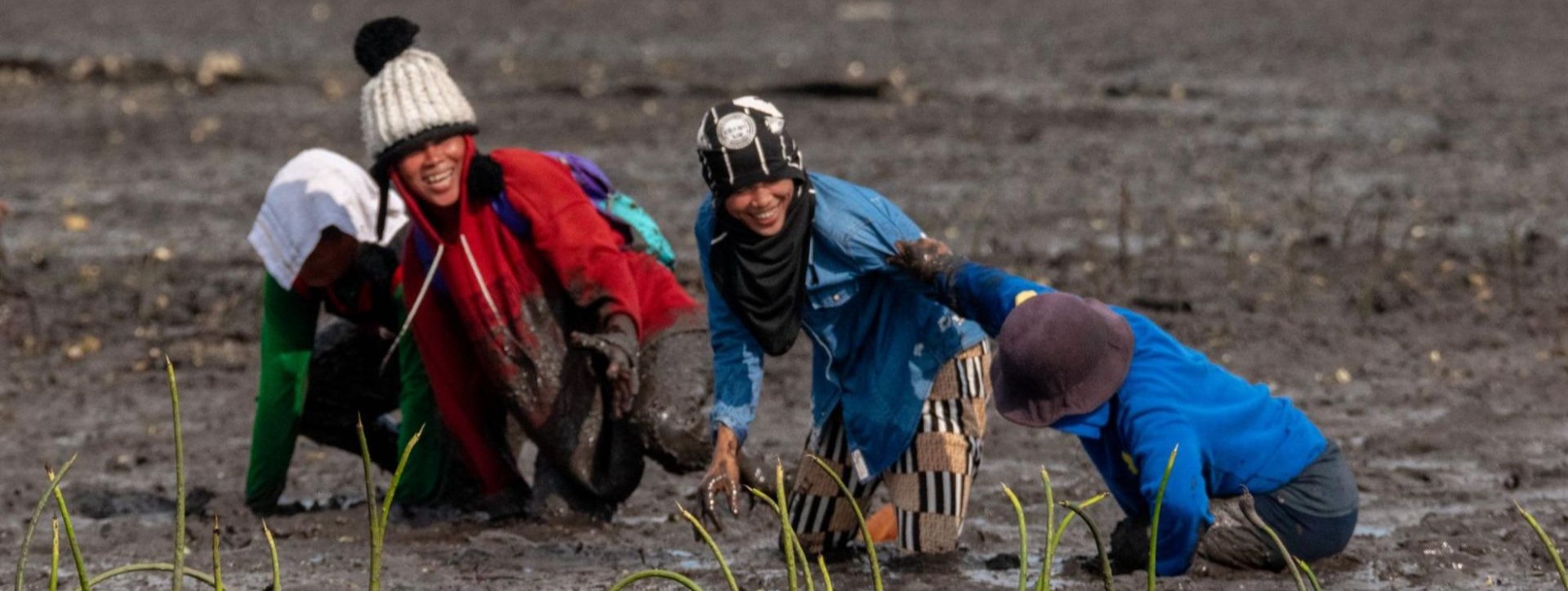
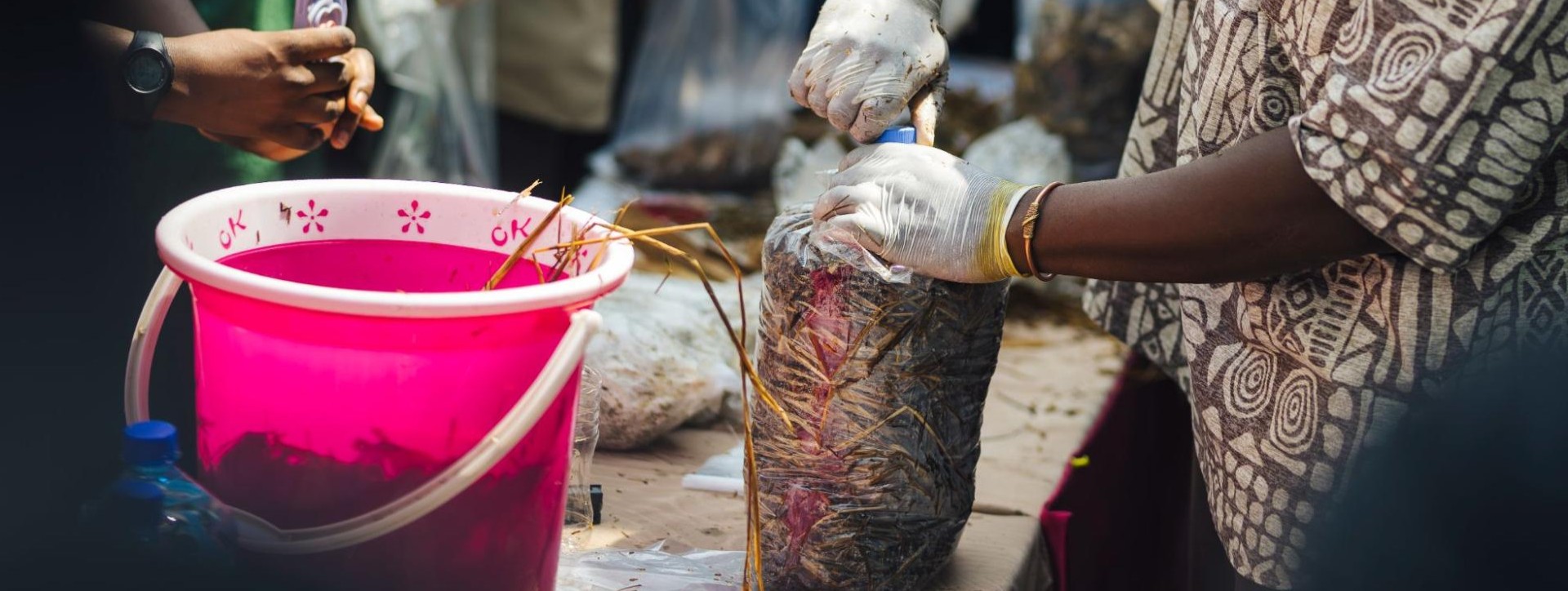
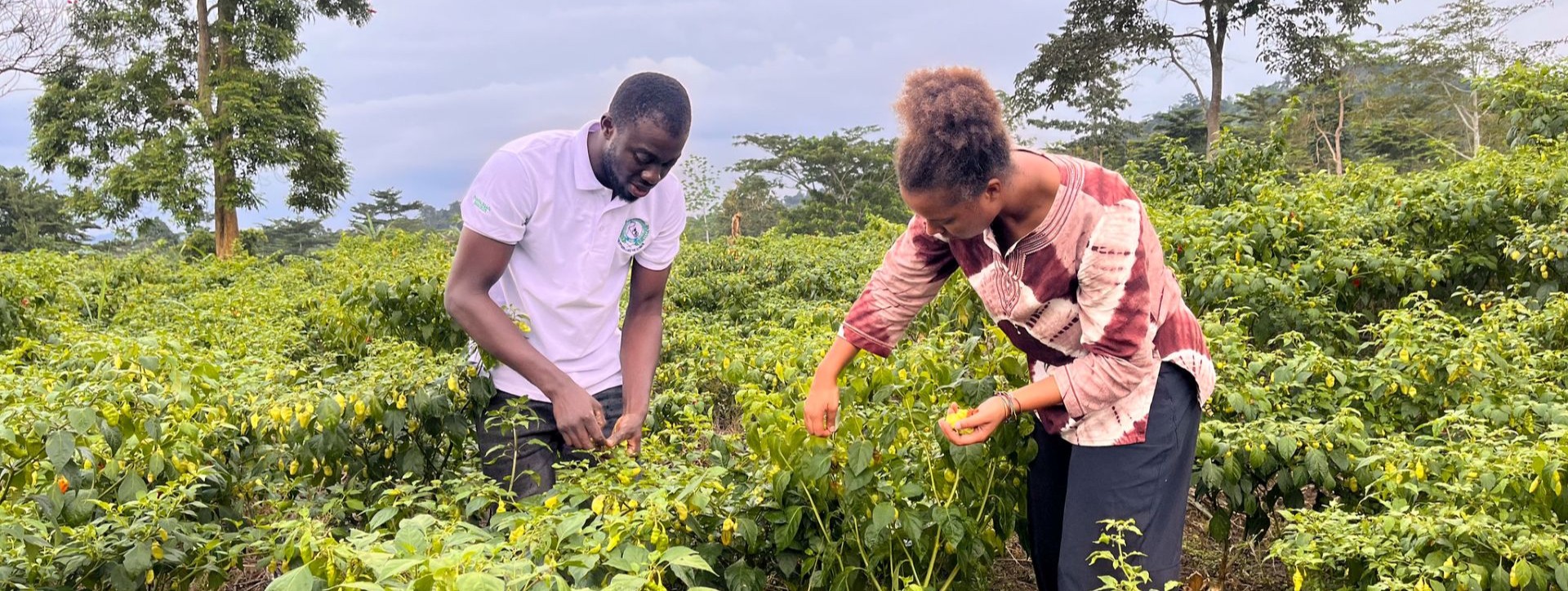
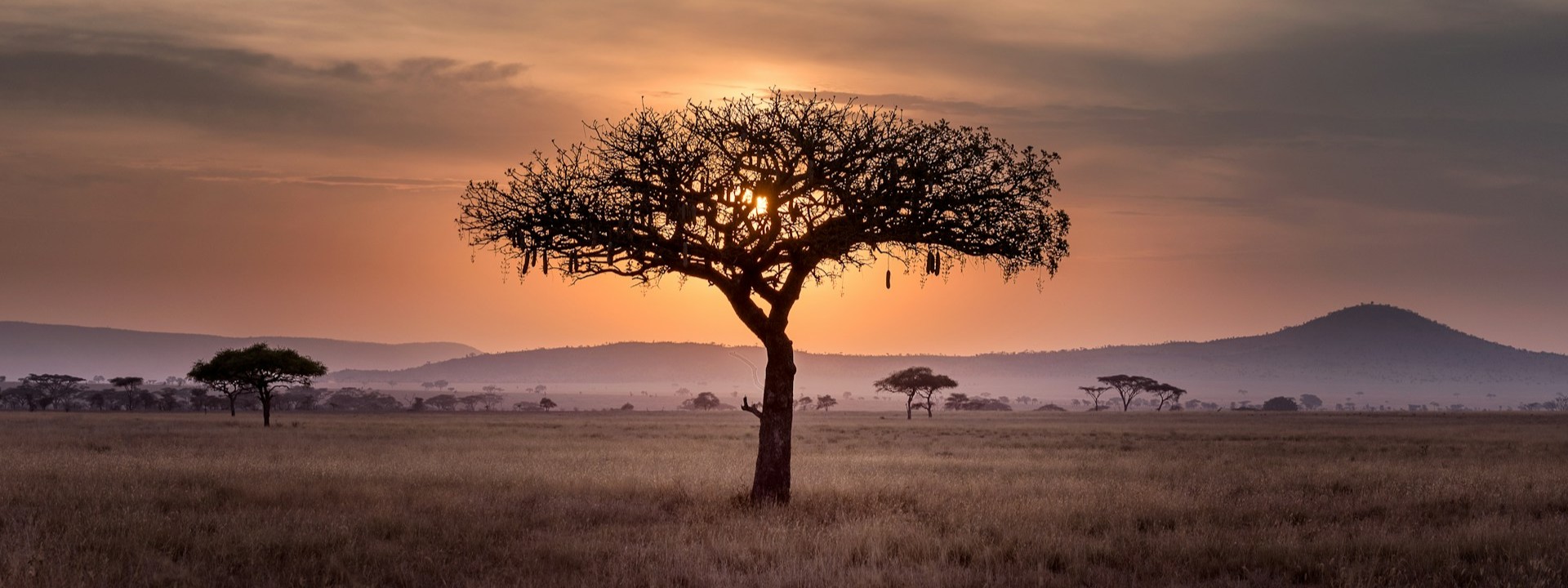
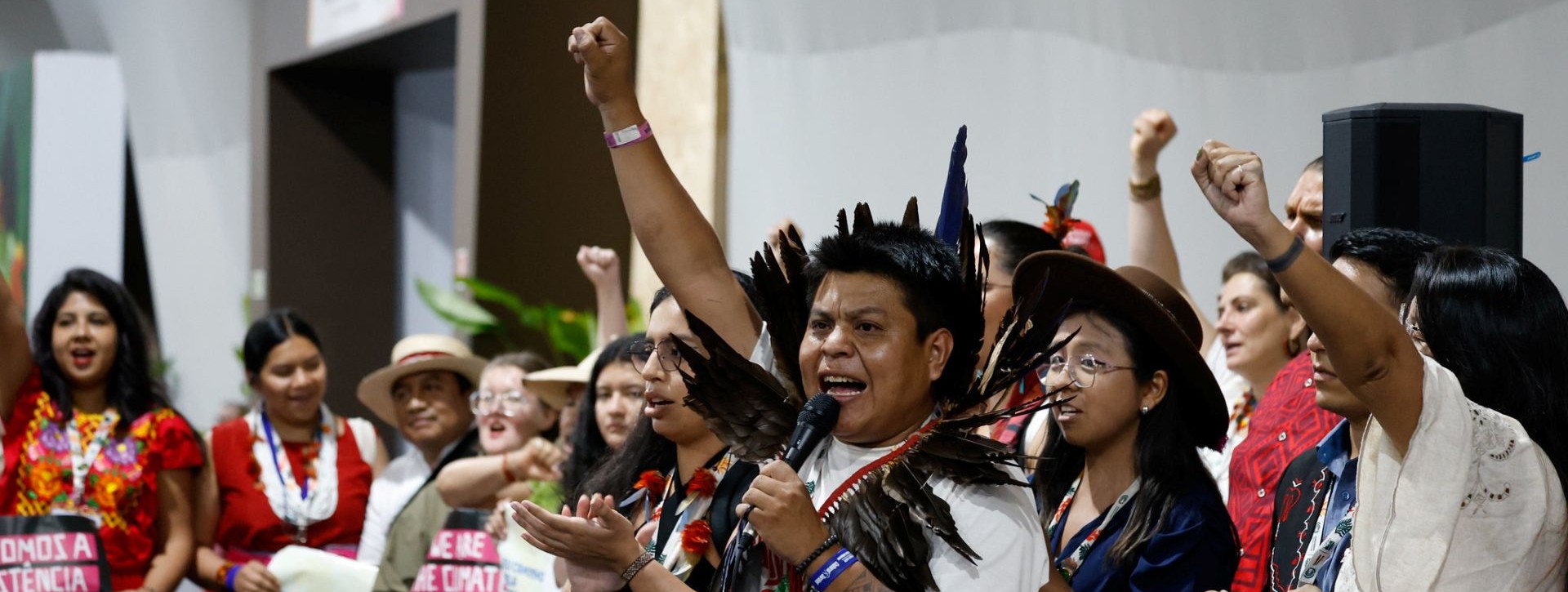
Share your thoughts with us